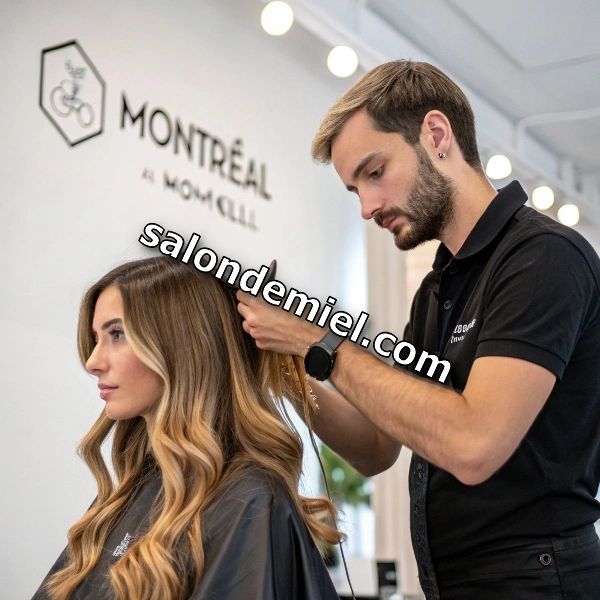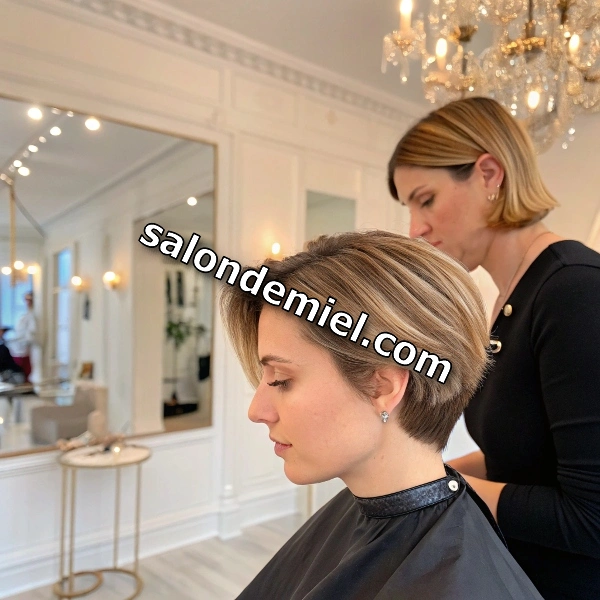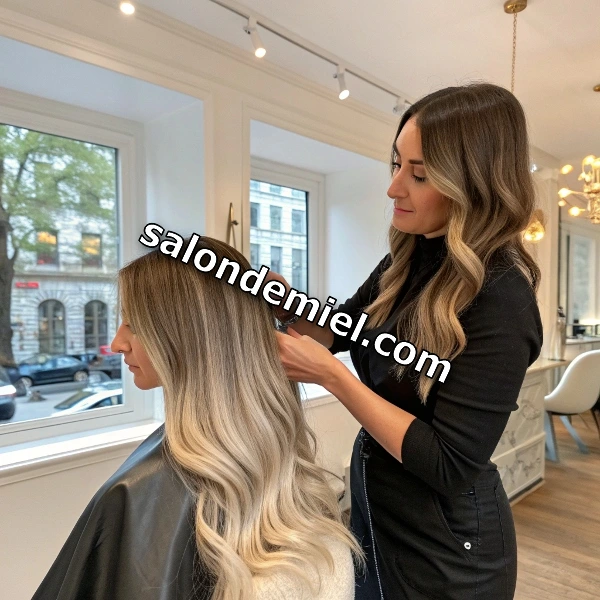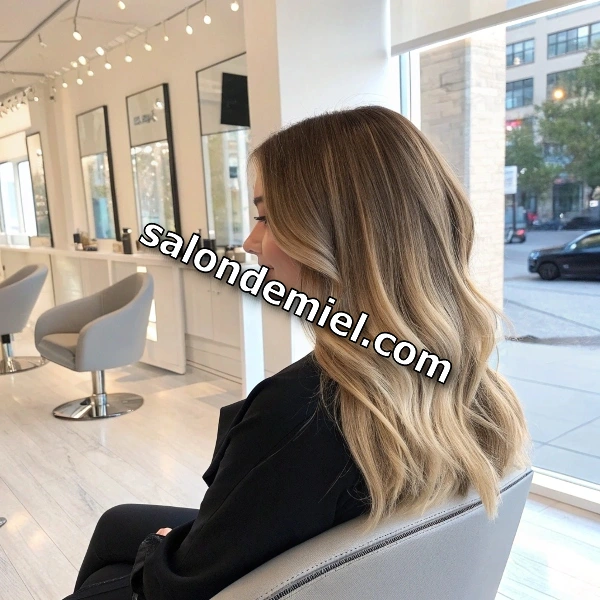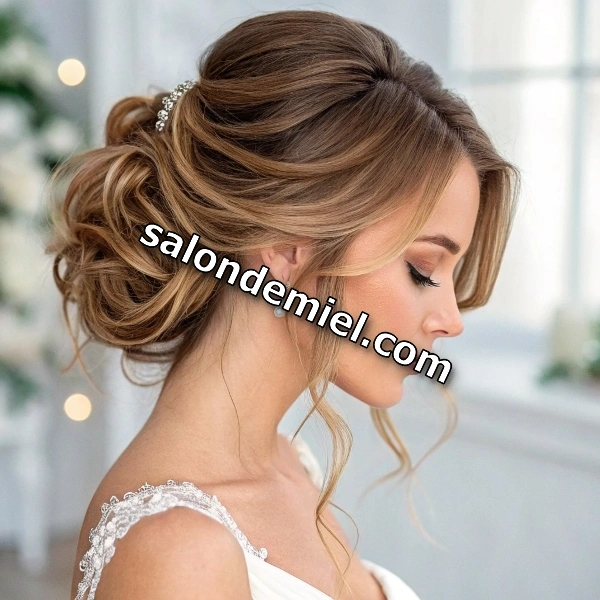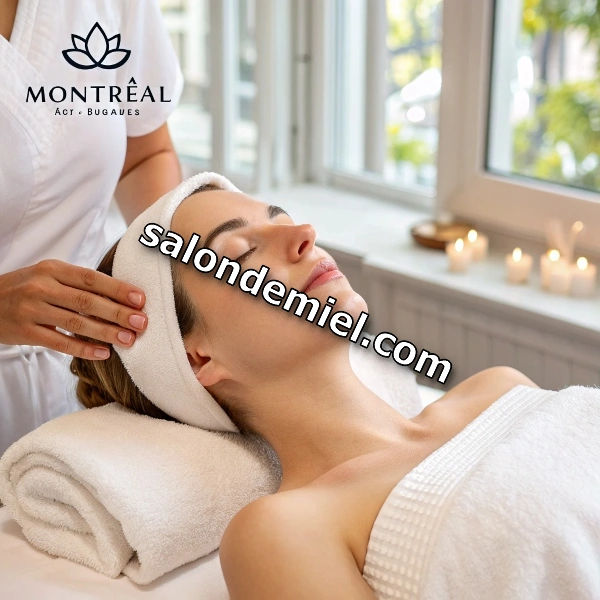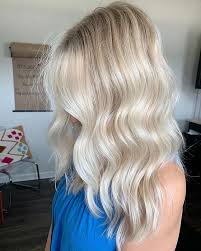The Ultimate Guide to Blonding Hair: Achieve the Perfect Blonde Locks
Have you ever wondered what it takes to get the perfect blonde hair? How do you choose the right shade of blonde for your skin tone? What should you do to keep your blonde hair healthy and shiny? How long does it take to achieve the perfect blonde? And most importantly, how do you avoid common mistakes when blonding your hair? If these questions are swirling in your mind, you’ve come to the right place! This comprehensive guide will cover everything you need to know about blonding hair, from understanding the different shades to caring for your new blonde locks.
Whether you’re going platinum, honey blonde, or somewhere in between, you’ll find all the expert tips and tricks right here to ensure you get the perfect shade.
What Is Blonding Hair?
Blonding hair refers to the process of lightening your natural hair color to a blonde shade. This can involve various techniques like highlights, balayage, or full-color bleaching. Blonding isn’t just about going lighter; it’s about achieving the perfect shade that complements your skin tone, personal style, and overall look.
The process of blonding can be as subtle as adding a few lighter highlights to your natural hair or as bold as going platinum blonde. It’s important to choose the right technique and shade based on your hair type, natural color, and desired result.
Types of Blonding Techniques
When it comes to blonding hair, there are several methods you can choose from, each offering a unique result. Let’s dive into the most popular techniques and what they involve.
1. Full Blonde Color (Bleaching)
This is the most dramatic form of blonding, where the hair is lightened all over. The hair is typically bleached using a high-strength developer and bleach powder to achieve a uniform, light blonde shade.
- Pros: It creates a bold, striking blonde look that is ideal if you want a drastic change.
- Cons: This method can be damaging if not done correctly, so it’s essential to have a professional handle the process.
2. Highlights
Highlights involve lightening small sections of your hair to create contrast and dimension. It’s a great option if you want to add brightness around the face without committing to a full-on blonde look.
- Pros: Highlights can be tailored to your natural color, offering a sun-kissed effect that looks more natural.
- Cons: Requires maintenance to keep up with regrowth and can be time-consuming for touch-ups.
3. Balayage
Balayage is a French technique where color is hand-painted onto the hair to create a soft, sun-kissed effect. The transition between light and dark is more natural and seamless, making it an excellent choice for those who want a low-maintenance look.
- Pros: Balayage gives a natural, blended look that requires less frequent touch-ups.
- Cons: It may take longer to achieve the desired effect and may require more skill from the stylist.
4. Ombre
Ombre is a gradual color transition from dark to light, usually starting with a darker shade at the roots and gradually fading into a lighter blonde towards the ends.
- Pros: Ombre creates a striking contrast and adds dimension to the hair.
- Cons: Like highlights, ombre requires maintenance as the roots grow out.
5. Sombre
Sombre is a softer version of ombre, where the transition from dark to light is more subtle. The ends are still lightened, but the color gradient is smoother and less harsh.
- Pros: A more natural transition between colors, ideal for those who want a low-maintenance blonde.
- Cons: May not offer as much contrast as traditional ombre.
How to Choose the Right Shade of Blonde for You
Not all blonde shades are created equal. When choosing the right shade of blonde, there are several factors to consider, including your skin tone, eye color, and personal preferences. Let’s break down how to find the perfect blonde for you.
1. Consider Your Skin Tone
Your skin tone plays a significant role in determining the best shade of blonde. Here are some general guidelines:
- Fair Skin: If you have fair skin with cool undertones, platinum or icy blonde will complement your complexion. For warmer undertones, golden or honey blonde works well.
- Medium Skin: For those with medium skin tones, shades like ash blonde, sandy blonde, or caramel blonde can enhance the warmth of your complexion.
- Dark Skin: Darker skin tones often look stunning with shades like caramel blonde, honey blonde, or even darker platinum blonde.
2. Eye Color Matters
Eye color can also influence how your blonde hair will appear. If you have blue or green eyes, cooler blonde shades like ash or platinum blonde can make your eyes pop. If you have brown or hazel eyes, warmer tones like golden blonde or honey blonde may bring out the richness of your eyes.
3. Your Personal Style
Blonding isn’t just about following trends – it’s about choosing a shade that makes you feel confident and comfortable. If you love a bold, edgy look, platinum blonde or icy shades may suit you. If you prefer something more natural, consider shades like beachy blonde, golden blonde, or balayage.
How to Care for Blonded Hair
Blonde hair, especially when it’s been lightened through bleaching, requires extra care to keep it healthy and vibrant. Let’s explore some essential tips for caring for blonded hair.
1. Use Purple Shampoo
Blonde hair is prone to yellow or brassy tones, especially after bleaching. Purple shampoo helps neutralize these unwanted tones and keeps your blonde looking fresh and cool.
2. Deep Condition Regularly
Blonding can be drying, so it’s crucial to use a deep conditioning treatment once a week to restore moisture and keep your hair soft and shiny. Look for masks or treatments specifically designed for color-treated hair.
3. Protect Your Hair from Heat
Blonded hair is more vulnerable to heat damage, so try to minimize the use of flat irons, curling irons, or blow dryers. When you do use heat styling tools, always apply a heat protectant spray to prevent further damage.
4. Trim Your Hair Regularly
Regular trims will help keep your blonded hair healthy by removing split ends and preventing further breakage. It also helps maintain the shape and style of your blonde locks.
5. Avoid Over-Washing
Washing your hair too often can strip it of natural oils, leaving it dry and brittle. Try washing your hair every 2-3 days, and use dry shampoo in between washes to keep your hair fresh.
Common Mistakes to Avoid When Blonding Your Hair
While blonding your hair can give you a gorgeous new look, there are a few mistakes that can lead to undesirable results. Here are some common mistakes to avoid:
1. Going Too Light Too Fast
It’s tempting to want to go as light as possible, but over-bleaching your hair can lead to damage and breakage. It’s best to gradually lighten your hair over time to prevent unwanted hair damage.
2. Choosing the Wrong Shade
Choosing the wrong shade of blonde for your skin tone can make your complexion look dull or washed out. Be sure to choose a blonde shade that complements your natural coloring.
3. Skipping the Strand Test
Always perform a strand test before fully bleaching your hair to ensure the color lifts properly and there are no unexpected reactions.
4. Neglecting Maintenance
Blonde hair requires regular maintenance to keep it looking fresh. If you don’t keep up with touch-ups, your blonde may start to look uneven or grow out with visible roots.
Conclusion
Blonding your hair can be a transformative experience, but it’s important to choose the right technique, shade, and care routine to keep your blonde locks looking their best. Whether you’re going for a bold platinum blonde or a subtle balayage, the key is to enhance your natural beauty while maintaining the health of your hair. With the right knowledge and care, your blonde hair can shine brighter than ever.
FAQs:
- How can I achieve the perfect blonde color for my skin tone? Consider your skin’s undertones—cool skin tones often look great with platinum or ash blonde, while warm skin tones pair well with golden or honey blonde.
- How long does it take to achieve blonde hair? The process can take anywhere from 1 to 4 hours depending on the technique and your natural hair color.
- How do I prevent blonde hair from becoming brassy? Use purple shampoo regularly to neutralize yellow or orange tones in your blonde hair.
- Can I bleach my hair at home? While it’s possible to bleach hair at home, it’s recommended to visit a professional to avoid mistakes and minimize damage.
- How often do I need to touch up my blonde hair? Touch-ups are typically needed every 6 to 8 weeks, depending on your hair growth and the technique used

